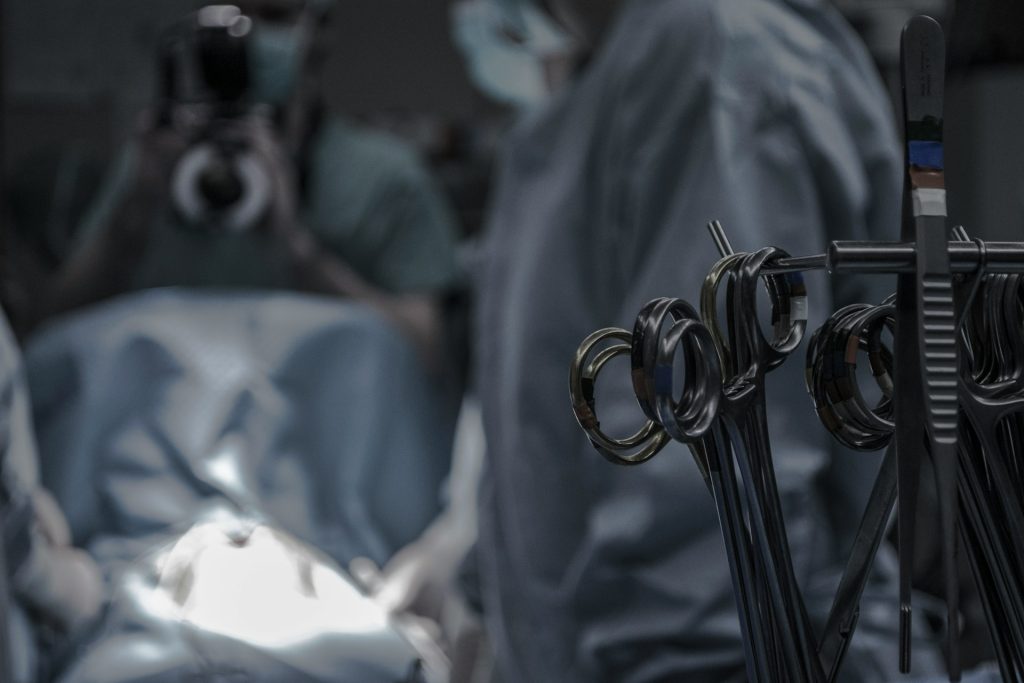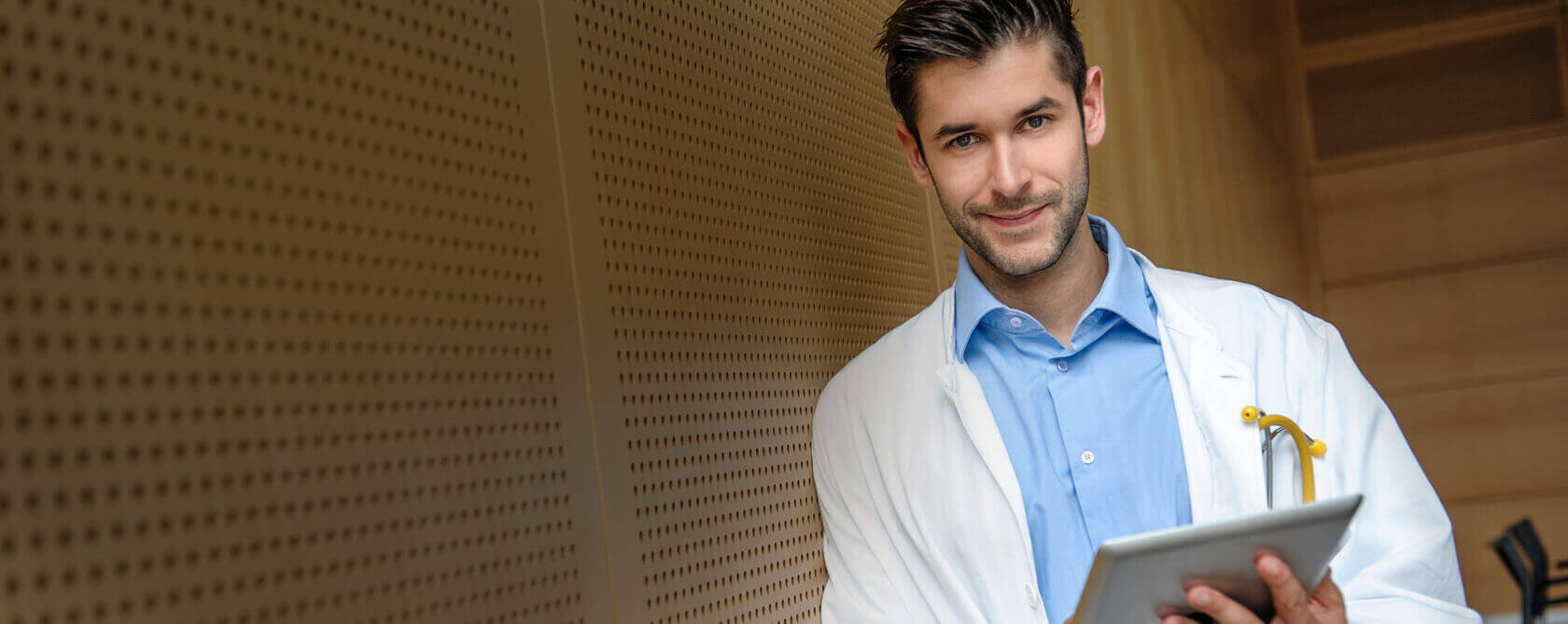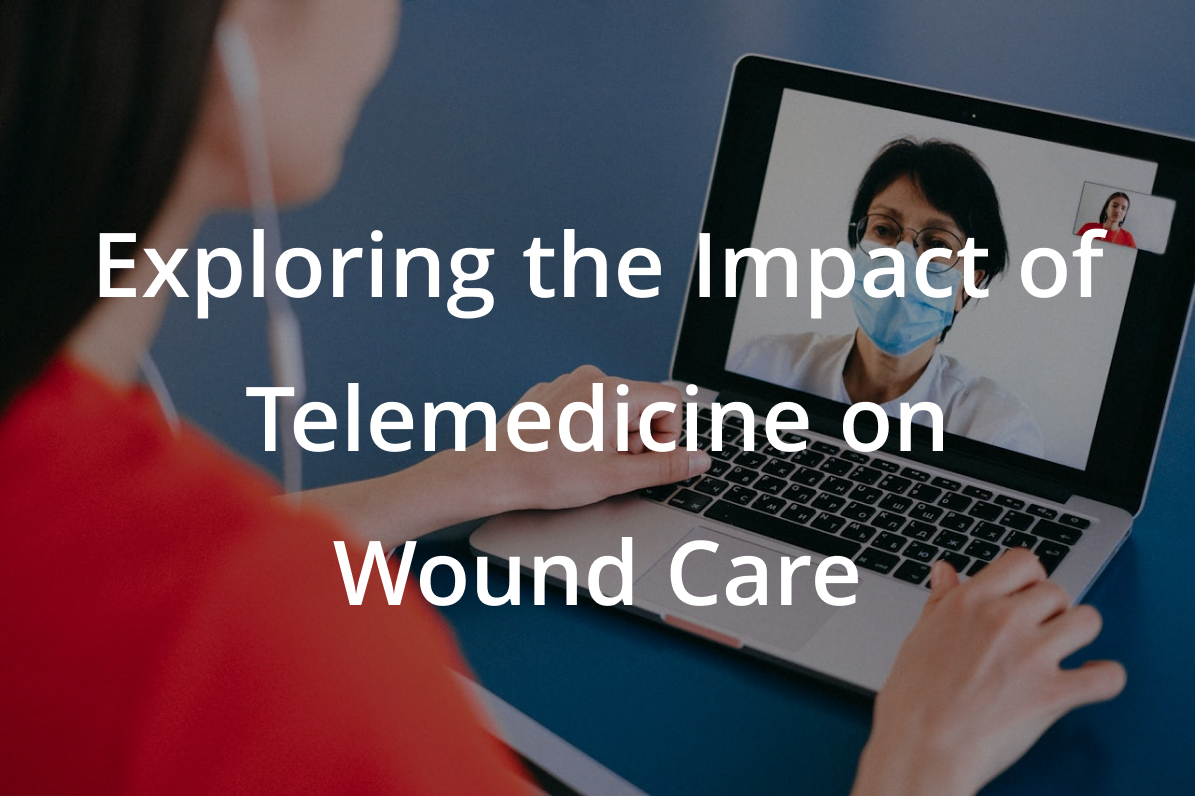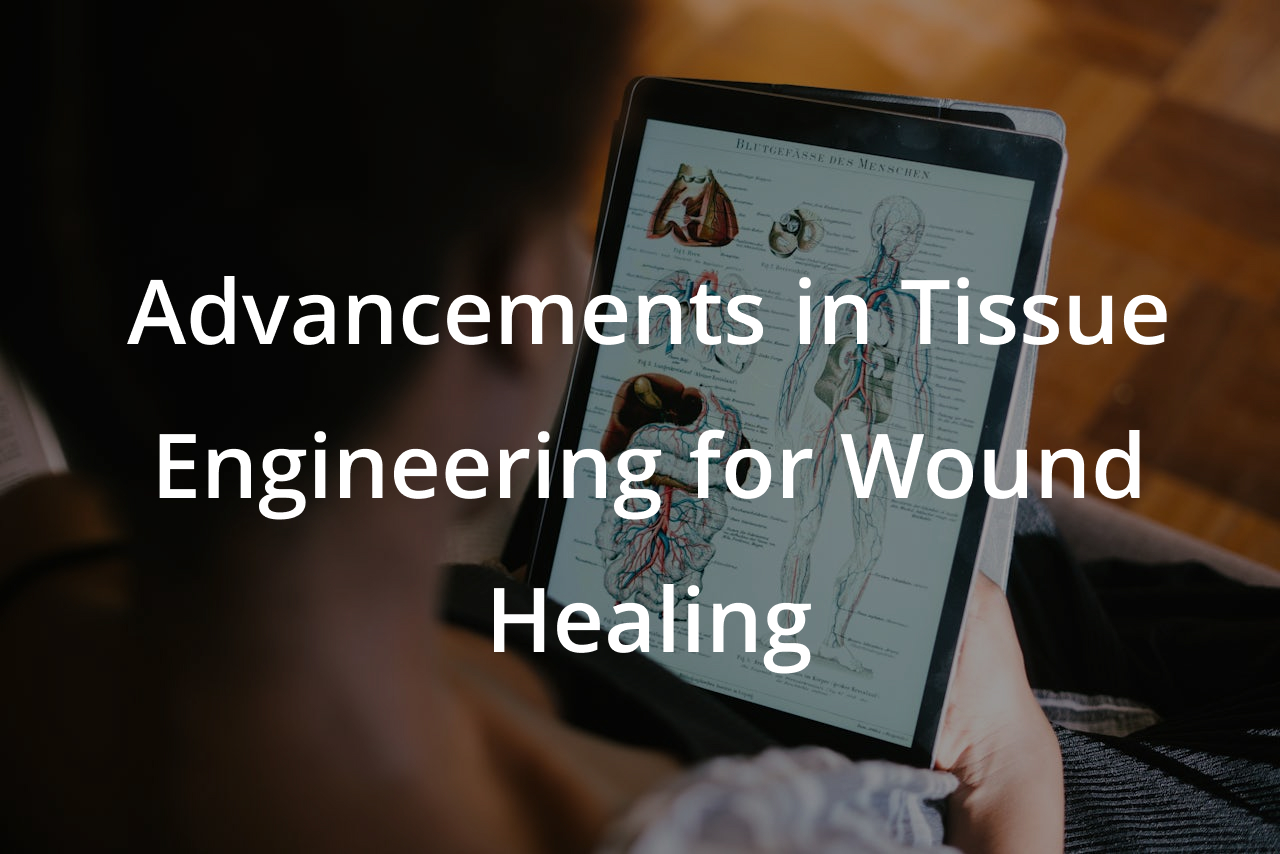
The field of surgical wound care has witnessed significant advancements in recent years, revolutionizing the way healthcare professionals approach wound healing and management. These innovations not only enhance the efficiency of wound care but also significantly improve patient outcomes. The Wound Institute is at the forefront of integrating these new techniques and technologies into clinical practice.
Ultrasonic Debridement
Ultrasonic debridement represents a leap forward in the treatment of complex wounds. This technique uses ultrasound waves to selectively remove dead tissue, bacteria, and debris from the wound without harming healthy surrounding tissue. It offers a painless, efficient alternative to traditional mechanical debridement methods, reducing the risk of infection and promoting faster healing.
CelluTome Skin Grafting
CelluTome skin grafting is an innovative epidermal harvesting technology that enables the transfer of skin grafts without the need for an operating room. This minimally invasive procedure is performed under local anesthesia, making it a game-changer for treating burns, ulcers, and other complex wounds. The simplicity and effectiveness of CelluTome skin grafting have made it a valuable tool in surgical wound care, offering improved graft take rates and patient comfort.
Tissue Biologics: Placental and Fish Skin Therapies
Emerging as a transformative approach in wound care, tissue biologics involve using biologically active tissues, like placental tissue and fish skin, to promote healing. Placental tissues, rich in growth factors and cytokines, can accelerate wound healing and reduce inflammation. Similarly, fish skin grafts, particularly those from cod, provide a scaffold that mimics human tissue, promoting healing in chronic wounds. These biologic therapies offer promising alternatives for wounds that are slow to heal, providing necessary growth factors and proteins directly to the wound site.
Hyperbaric Oxygen Chamber
The use of hyperbaric oxygen therapy (HBOT) in wound care has gained traction for its ability to dramatically increase oxygen concentration in the blood, promoting healing in hypoxic wound tissues. Patients treated in a hyperbaric oxygen chamber breathe 100% oxygen at pressures greater than atmospheric pressure, enhancing the body’s natural healing processes. HBOT is particularly effective for diabetic foot ulcers, radiation injuries, and chronic refractory osteomyelitis, among other conditions.
Future Trends in Surgical Wound Care
The future of surgical wound care looks promising, with ongoing research focused on enhancing existing technologies and developing new solutions. Innovations such as smart dressings equipped with sensors to monitor wound healing, gene therapy for regenerating damaged tissues, and robotics in surgical procedures are on the horizon. These advancements aim to further improve wound care outcomes, reduce healing times, and minimize complications.
Conclusion
Advancements in surgical wound care technologies and techniques, including ultrasonic debridement, CelluTome skin grafting, SensiLase, and hyperbaric oxygen therapy, have significantly improved patient outcomes. As the Wound Institute continues to adopt and innovate in this rapidly evolving field, patients can look forward to even more effective and less invasive wound care options. The future of surgical wound care is bright, with new developments poised to revolutionize the healing process and enhance the quality of life for patients with complex wounds.




